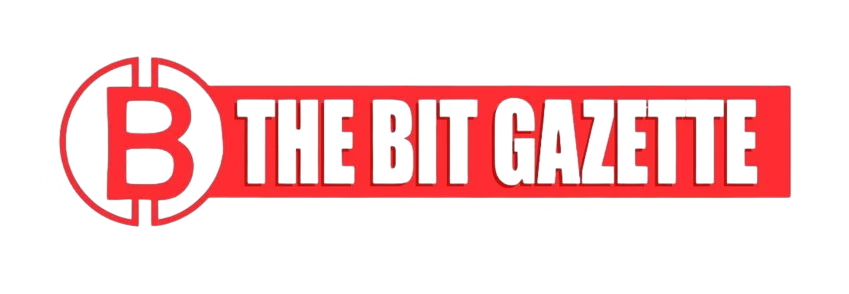Federal Reserve Governor Christopher Waller has renewed his support for a Fed rate cut at the upcoming December meeting, arguing that softening labor market indicators and easing inflation justify lowering policy rates.
Speaking in an interview with Larry Kudlow on Fox Business Network on October 31, Waller said the labor market was his primary concern, emphasizing that inflation trends appear manageable.
“The biggest concern we have right now is the labor market,” Christopher Waller, Governor, Federal Reserve. “We know inflation is going to come back down, so this is why I’m still advocating that we cut policy rates in December, because that’s what all the data is telling me to do.”
Waller’s renewed stance highlights deepening divisions among policymakers ahead of the Fed’s next meeting on December 9–10, where officials are expected to debate the direction of interest rate policy amid mixed economic signals.
Policymakers divided over timing and necessity of rate cuts
While Waller continues to press for a Fed rate cut, several regional Federal Reserve Bank presidents expressed reluctance to support further easing this week.
At a recent banking conference, Lorie Logan, President and CEO of the Federal Reserve Bank of Dallas, said she sees “no reason to lower rates this week” unless inflation declines faster than anticipated or the job market weakens significantly.
Similarly, Beth Hammack, President and CEO of the Federal Reserve Bank of Cleveland, shared skepticism about immediate cuts.
“Considering our recent decision, I think we are close to my idea of neutrality: we’re only slightly restrictive if at all,” — Beth Hammack, President, Federal Reserve Bank of Cleveland.
Although Logan and Hammack are not current voting members of the Federal Open Market Committee (FOMC), both are set to gain voting rights in the upcoming year, giving their perspectives added weight in shaping future decisions.
Their resistance underscores the growing uncertainty within the Fed, particularly as Chair Jerome Powell attempts to navigate differing viewpoints during his final six months in office.
Economic data and political context shaping outlook
The Fed rate cut debate is occurring against a backdrop of mixed economic indicators and political transitions. While inflation has gradually cooled, it remains above the Fed’s 2% target, and job market data suggest slower hiring but not a significant downturn.
Complicating matters, ongoing U.S. government shutdowns have delayed official economic reports, creating data gaps that some policymakers, including Powell, have cited as a reason for caution.
However, Waller dismissed the notion that the data void is a major obstacle to decision-making, saying that private-sector indicators and state-level unemployment figures provide sufficient clarity.
“The fog story has to end: it may imply that you need to take it easy, but it doesn’t mean you should stop completely,” — Christopher Waller, Federal Reserve.
According to Waller, uncertainty should not deter policymakers from continuing gradual cuts. “It’s advisable to be cautious,” he said, “but the best way to handle policy is to continue making cuts.”
Analysts warn of market volatility ahead of December meeting
Analysts say the conflicting rhetoric among Fed officials reflects a broader challenge: calibrating monetary policy without derailing economic stability.
James Knightley, Chief International Economist at ING, noted that Waller’s push for a Fed rate cut reflects growing concern that restrictive monetary policy could overcorrect.
The Fed’s communication strategy has also come under scrutiny. Market watchers warn that open disagreement among policymakers risks fueling uncertainty in bond and equity markets ahead of the December meeting, where the decision on a Fed rate cut could influence global sentiment.
A recent CME FedWatch Tool projection shows traders pricing in a 68% probability of a quarter-point cut in December, reflecting markets’ alignment with Waller’s view despite internal resistance.
For current market expectations, see the CME FedWatch Tool.
The path forward
As the December meeting approaches, the Fed rate cut debate is shaping into one of the most consequential monetary policy decisions of the year.
The divergence between Waller’s pro-cut stance and the cautious tone from other officials like Logan and Hammack reflects the central bank’s ongoing struggle to balance inflation control with employment stability.
Waller’s remarks, coupled with mounting labor concerns, suggest that a policy shift may be imminent as one that could mark the beginning of a broader recalibration in the Fed’s approach to post-pandemic monetary tightening.
Whether the Fed rate cut materializes in December or early next year, it is clear that the decision will set the tone for the U.S. economy’s trajectory in 2026 and define Powell’s final months as chair.











